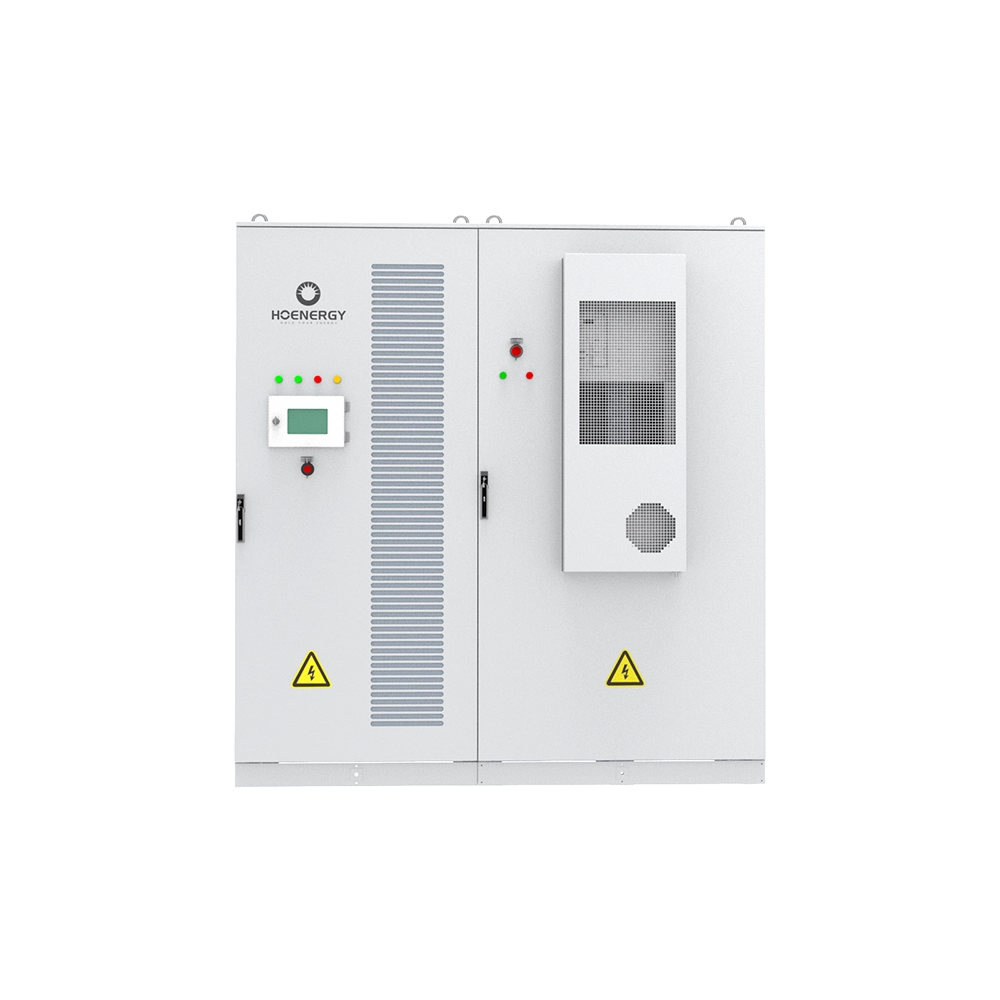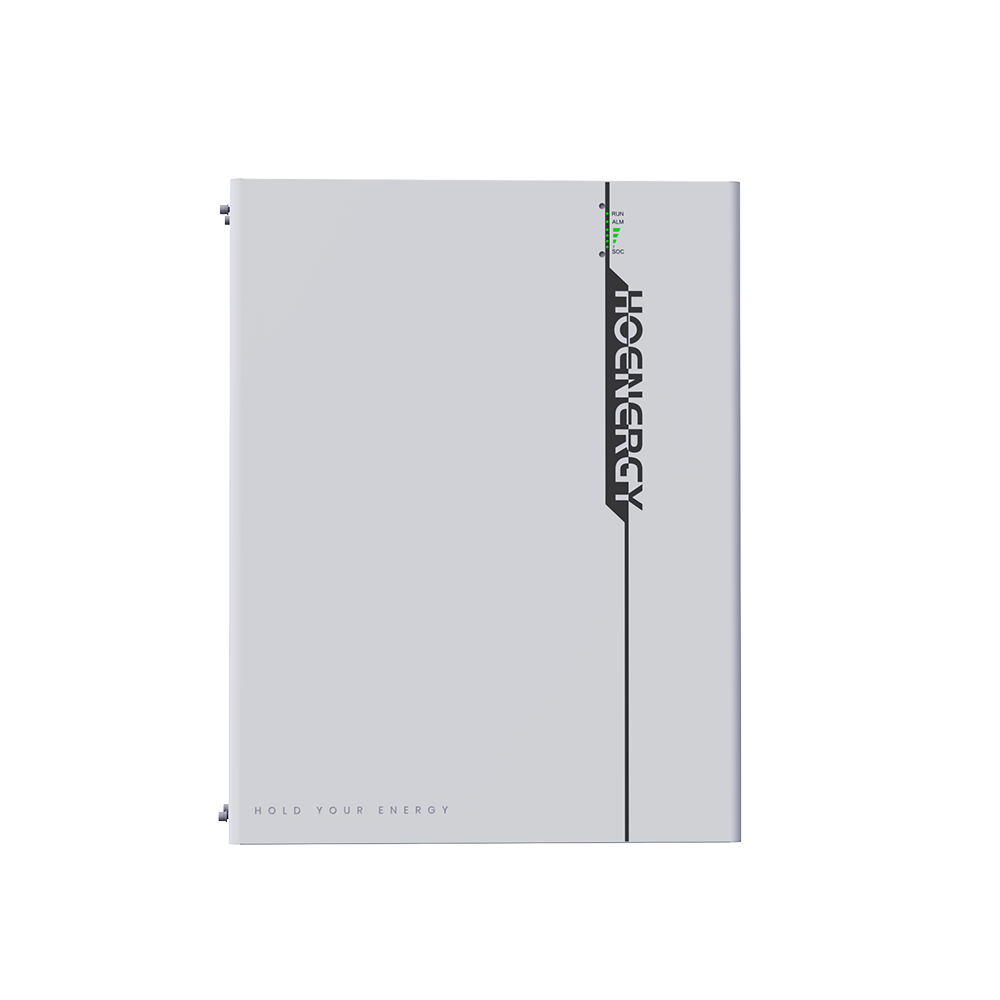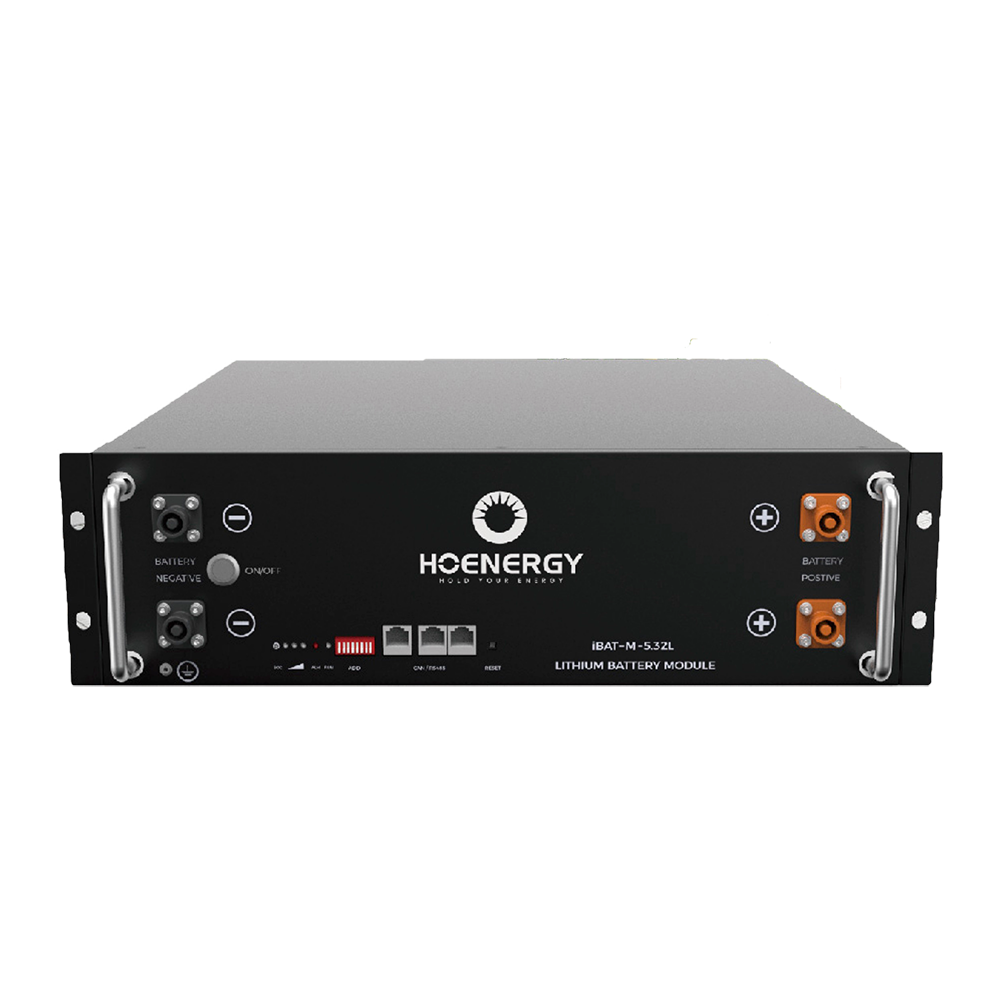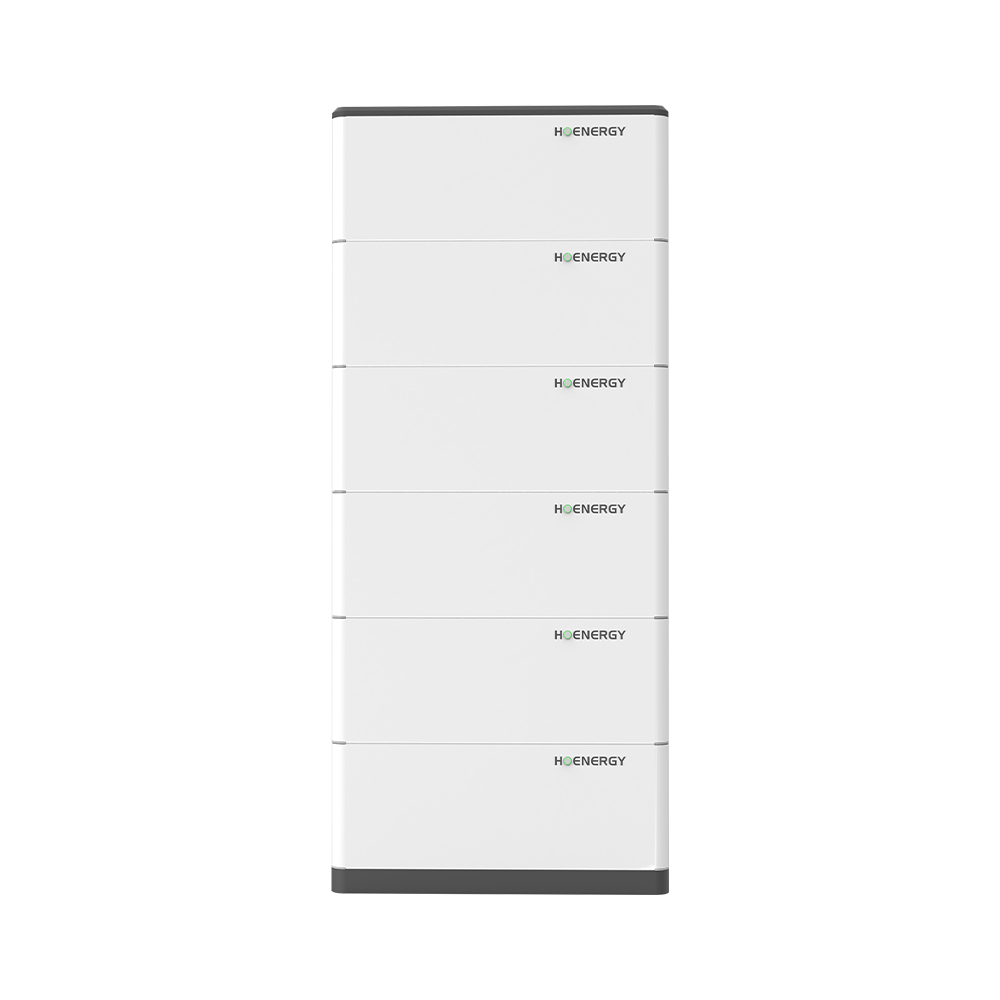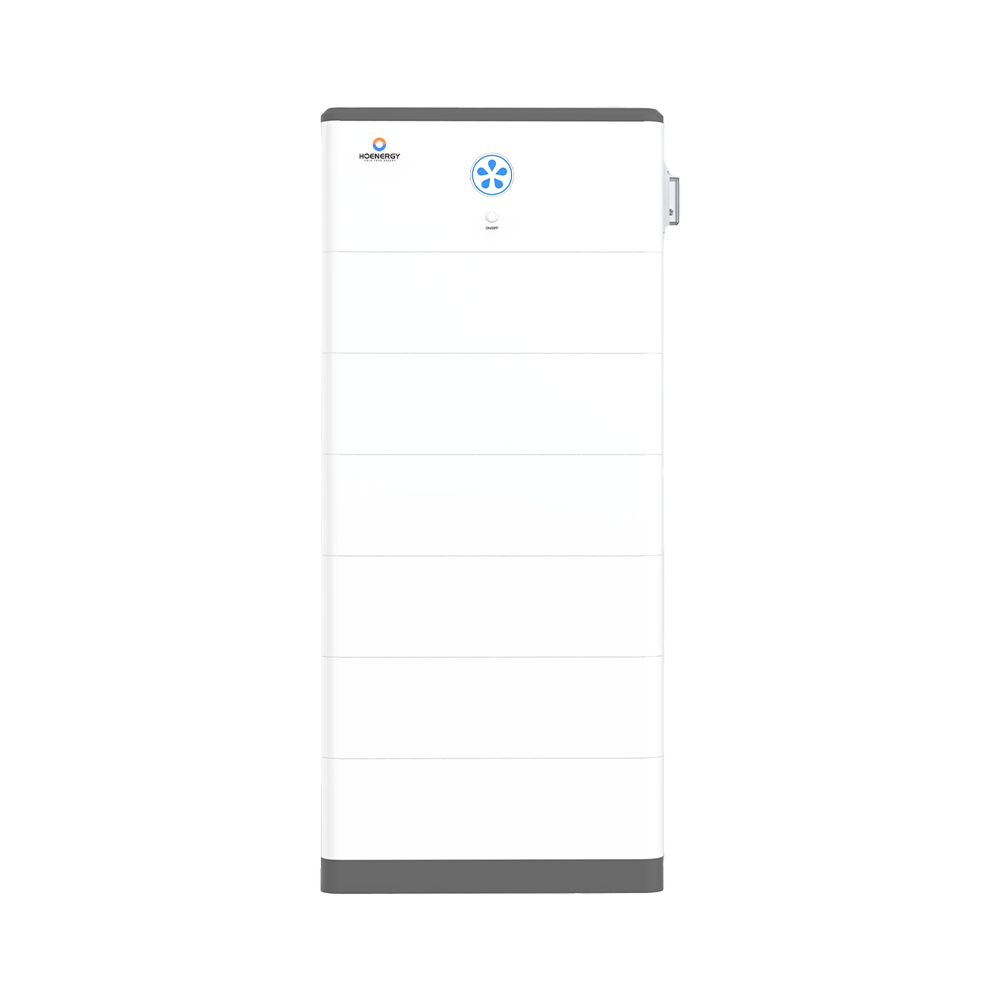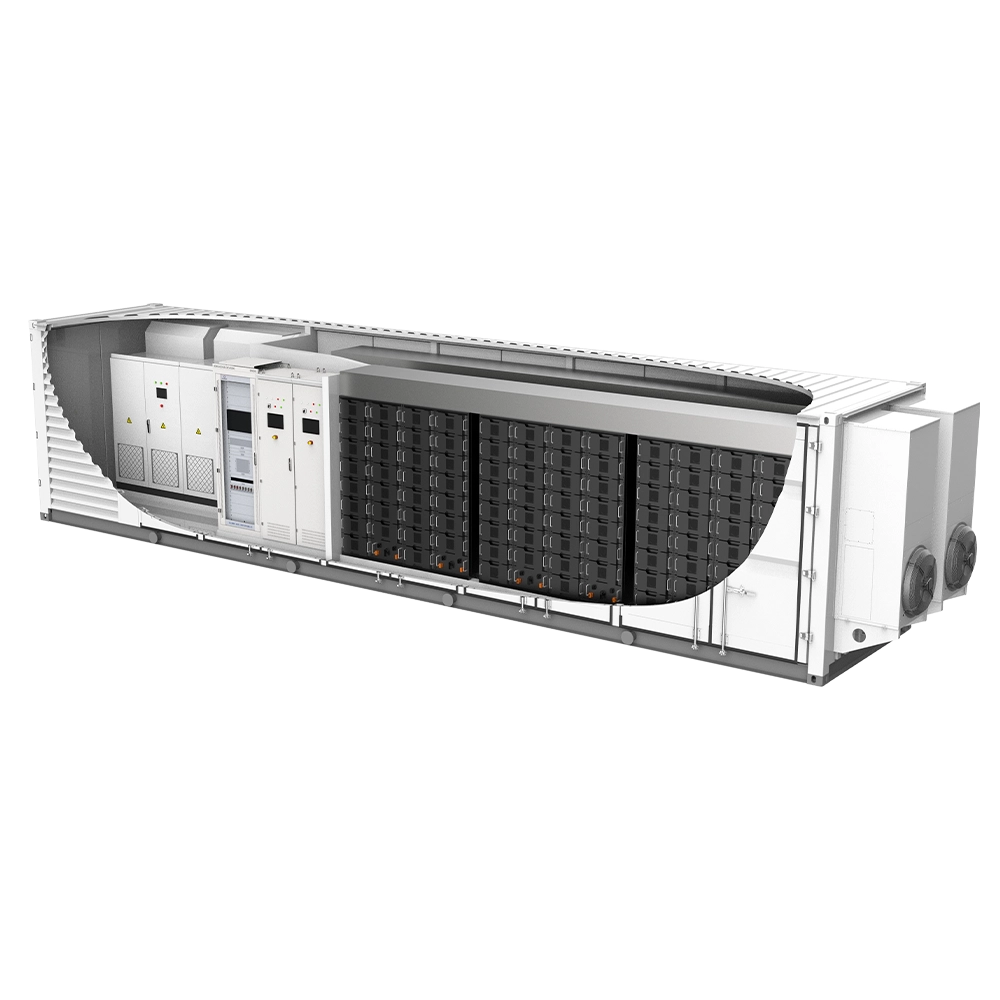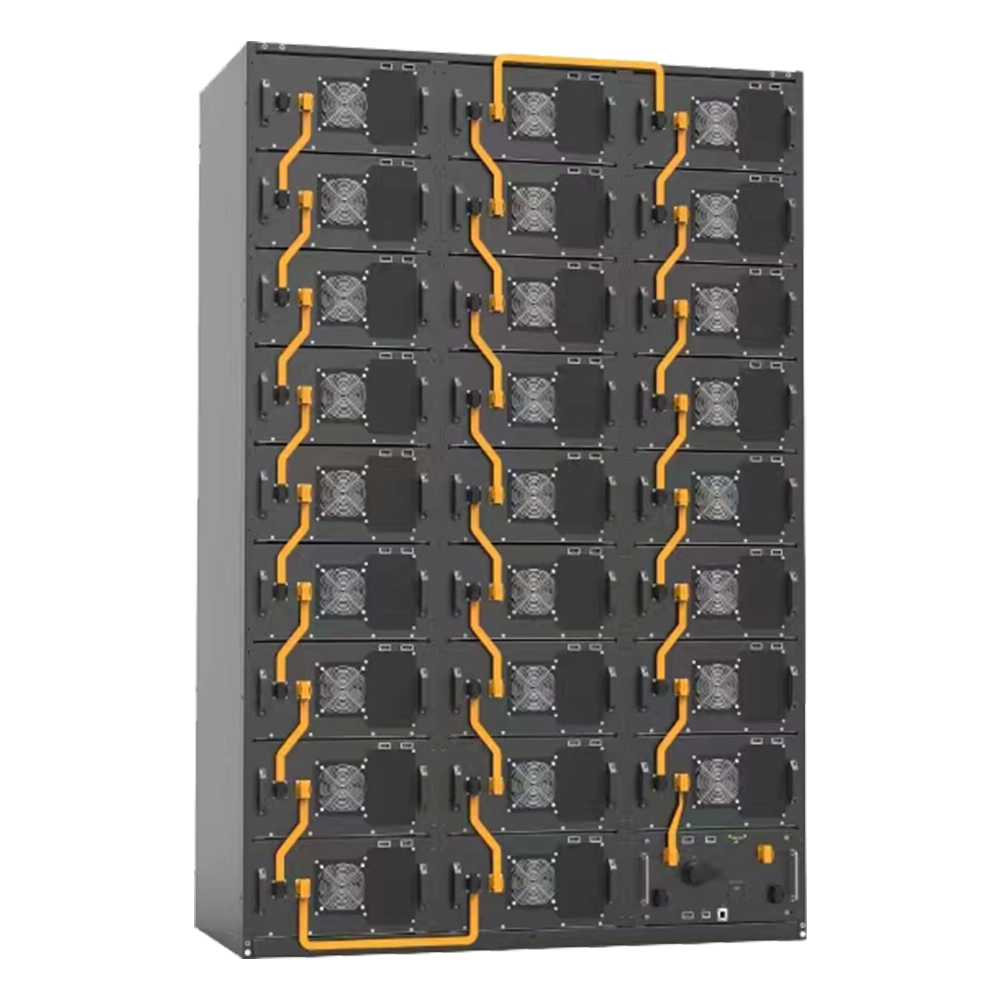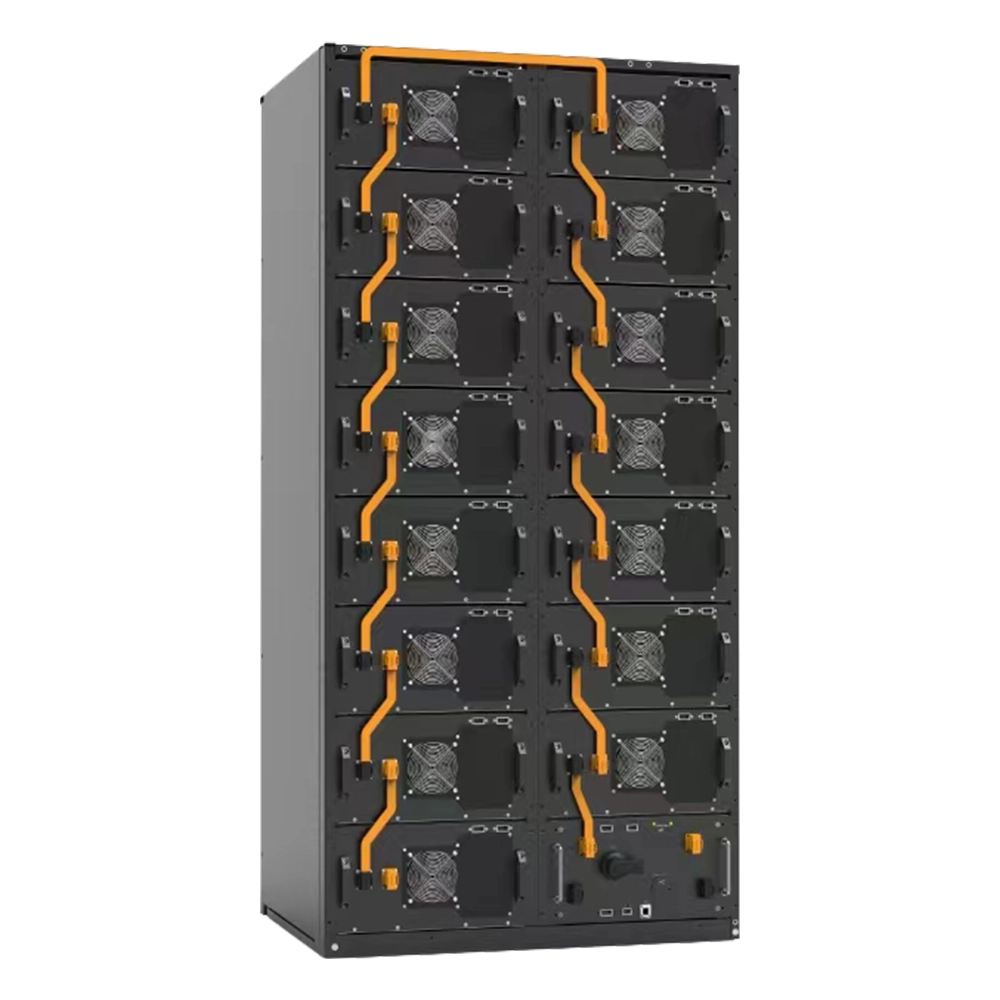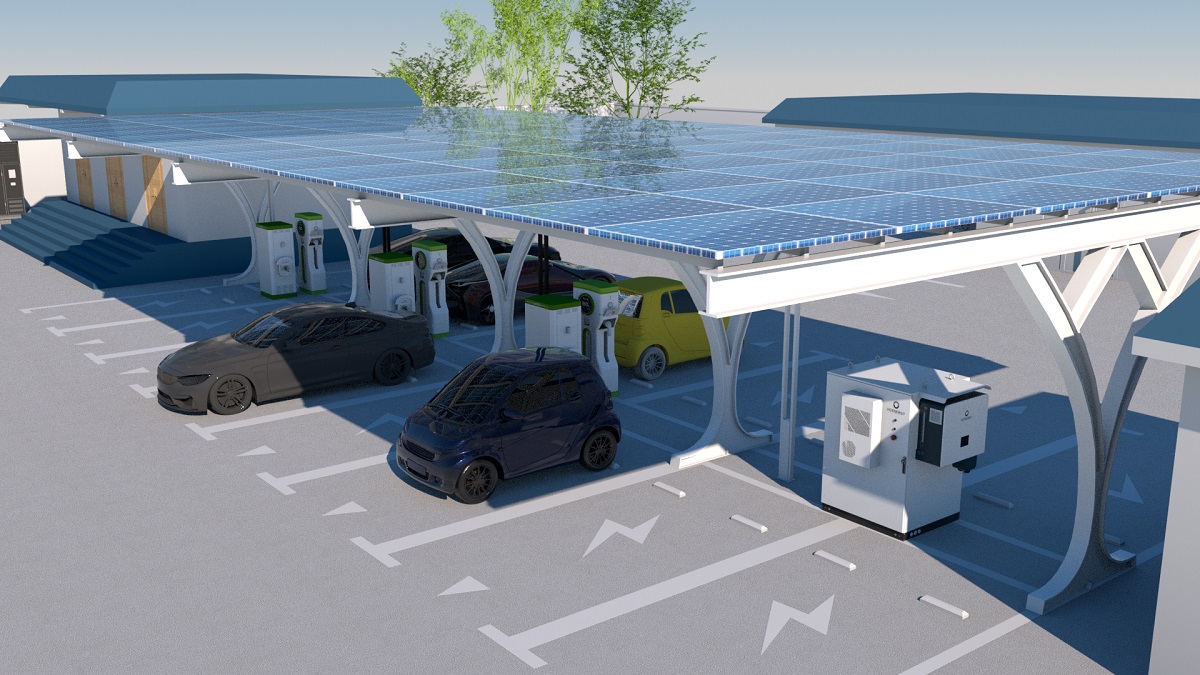The role of photovoltaic inverters and energy storage inverters
Mostly found in solar power generation systems, photovoltaic inverters are devices that transform DC power into AC power. For usage in energy storage systems, energy storage inverters convert DC power kept in batteries into AC electricity. The two differ mostly in that the input end power sources are different. Whereas batteries provide the input for energy storage inverters, solar panels typically supply the input for photovoltaic inverters. Furthermore, there are variations in control circuit design since energy storage inverters must handle issues like charge and discharge protection when charging and discharging batteries.
The weather affects and erraticly produces the electricity that photovoltaic inverters can only produce throughout the day. Energy storage inverters are the ideal solution to the aforementioned issues they store output power in batteries during low loads and release it during peak loads, so lowering the pressure on the power grid; they also switch to off-grid mode when the power grid fails to keep supplying power.

Functions and features of storage inverter
Energy storage and release can be realized by the bidirectional energy conversion operations. Its intelligent control and energy storage management features also help to maximise the energy charging and discharging process. solar inverters guarantee that the most energy is taken out of solar panels by concentrating on power conversion efficiency and maximum power point tracking. Applications: Energy storage inverters are extensively utilized to satisfy the requirements of energy storage and scheduling in energy storage systems, wind energy storage systems, electric vehicle charging sites, and other industries.
Categories of photovoltaic (PV) inverters
Inverter for strings
This is the most often used kind of PV inverter, where a string of several solar panels is formed by series connection. The inverter next turns the string’s total DC output into AC.
Plus points,Easy to install and keep up, reasonably priced.
shortcoming,The least efficient panel affects the string’s performance overall.
Microinverter
The microinverter that pairs each solar panel with it transforms the DC output of each panel into AC.
Plus points,Reduce the effect of shadowing or panel failure and maximize the efficiency of every panel.
Drawbacks,More involved installation and higher starting price.
Central inverters are used in big solar projects where a single big inverter combines the DC output of several strings of solar panels and converts it to AC.
Plus points,Less expensive per watt for big installations; appropriate for utility-scale projects.
Drawbacks,May be difficult to handle and needs a lot of room.
General Features
Converting DC to AC, modern PV inverters achieve great efficiency (usually 95–98%).
Grid Interaction,A grid-tie function included into many PV inverters allows them to connect to the utility grid and return extra power to it.
Monitoring and Control,Real-time diagnostics and performance tracking are made possible by the monitoring systems included with advanced PV inverters.
Classes of Energy Storage Inverters
Battery inverters are standalone devices that transform DC power kept in batteries into AC for usage.
Pros: Needed to power off-grid installations during grid outages.
Cons: Cycles of battery charge and discharge must be carefully managed.
Hybrid Inverter: Managing solar generation and battery storage in one unit, it combines the features of a PV and battery inverter.
The system design is simplified, and energy management is effective.
Cons: Expensier and more complicated technologies.
Operating Features
Bidirectional capability,Key to preserving battery health and maximizing energy utilization is the ability of energy storage inverters to both charge (convert AC to DC) and discharge (convert DC to AC).
Grid independence,Essential to off-grid systems and backup power applications, they guarantee uninterrupted power even during grid breakdowns.
Advanced energy management systems are sometimes included into these inverters to balance loads, maximise the usage of stored energy, and prolong battery life.
Extra benefits of implementing
The following aspects mostly illustrate the functional distinctions between energy storage and photovoltaic inverters:
1. Energy storage inverters have up to 80% self-use rate, compared to the only 20% of conventional photovoltaic inverters;
2. The energy storage inverter can function effectively even when the grid-connected inverter is paralyzed by a failure of the city power.
3. The advantages of energy storage inverters exceed those of photovoltaic inverters in the setting of the ongoing decline of grid-connected power generating subsidies.
4. While energy storage inverters can precisely solve the issues of photovoltaic inverters, photovoltaic inverters can only produce electricity during the day and the power output will be influenced by the weather, which has unpredictable issues.

all in all
In solar power systems, photovoltaic and energy storage inverters serve different yet complimentary purposes. The usage of clean energy and energy transformation will be promoted more and more by the market and technology developments.

